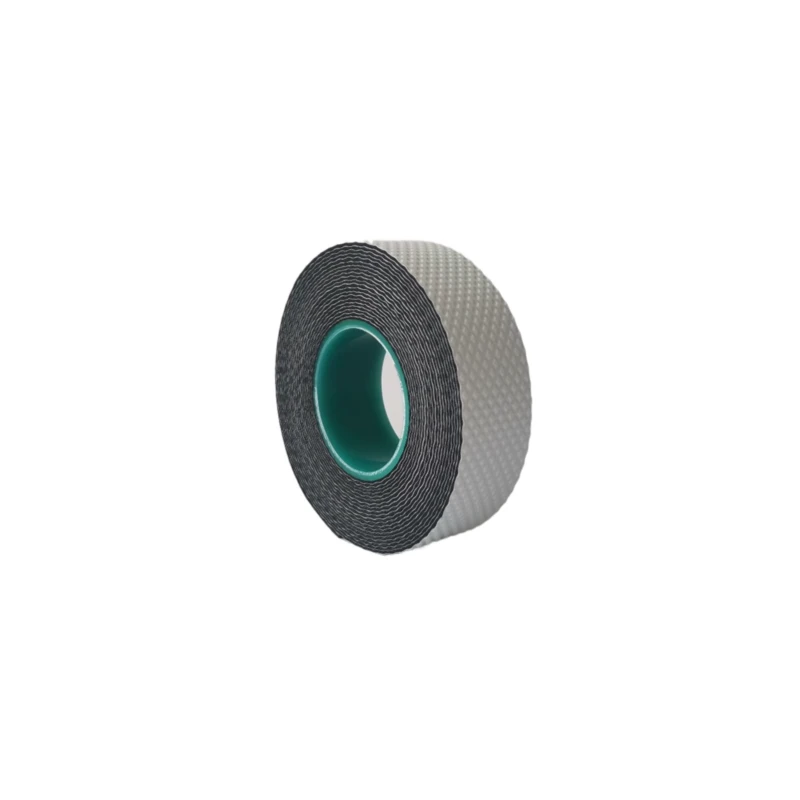Understanding Butyl Rubber Flashing Properties, Applications, and Benefits
Butyl rubber flashing is an essential component in construction and roofing applications, known for its exceptional properties and versatility. This synthetic rubber, derived from isobutylene and a small amount of isoprene, offers unique characteristics that make it ideal for sealing and waterproofing purposes. In this article, we will explore the properties, applications, and benefits of butyl rubber flashing in detail.
Properties of Butyl Rubber Flashing
One of the most significant properties of butyl rubber is its superior adhesion. It adheres well to various substrates, including metals, plastics, and masonry, ensuring a strong and reliable seal. This property is particularly important in roofing applications, where a watertight seal is crucial for preventing leaks and water damage.
Butyl rubber is also known for its excellent weather resistance. It can withstand extreme temperatures, UV exposure, and environmental stresses without degrading. This resilience makes butyl rubber flashing a preferred choice for outdoor applications, where exposure to sun, rain, and snow can significantly impact material performance.
Additionally, butyl rubber flashing provides excellent flexibility and elongation capabilities. This flexibility allows it to accommodate structural movements and changes in temperature, reducing the risk of cracks and failures. Its low permeability to gases and moisture further enhances its effectiveness as a sealing material, making it ideal for use in various applications.
Applications of Butyl Rubber Flashing
The versatility of butyl rubber flashing makes it suitable for a wide range of applications in construction and industrial contexts
. One of the most common uses is in roofing systems, where it acts as a waterproof membrane. It is especially beneficial in flat roofing designs, where water pooling can lead to leaks and structural damage.butyl rubber flashing

Beyond roofing, butyl rubber flashing is used in wall flashing to protect building exteriors from water intrusion. It is often applied around windows, doors, and other openings to ensure a tight seal. Its strong adhesive properties and flexibility allow it to conform to irregular surfaces, providing a continuous barrier against moisture.
In addition to construction, butyl rubber flashing is also prevalent in the automotive industry, where it is used for sealing and insulating various components. Its effective noise reduction properties make it an excellent choice for applications that require sound dampening.
Benefits of Using Butyl Rubber Flashing
The benefits of using butyl rubber flashing are numerous. First and foremost, its excellent sealing properties contribute to energy efficiency in buildings. By preventing air and moisture leaks, butyl rubber flashing can help reduce energy consumption and costs, making it an environmentally friendly choice.
Moreover, the durability of butyl rubber ensures a long lifespan, reducing the need for frequent repairs or replacements. This longevity translates into cost savings for homeowners and building managers, as it minimizes maintenance expenses.
Finally, butyl rubber flashing is easy to install, requiring minimal tools and expertise. This ease of application can save time and money during construction or renovation projects.
Conclusion
In conclusion, butyl rubber flashing is a highly effective sealing solution that offers numerous advantages for a variety of applications. Its strong adhesion, weather resistance, and flexibility make it a favored choice in roofing, wall protection, and automotive sectors. With its ability to enhance energy efficiency and provide long-lasting performance, butyl rubber flashing is undoubtedly a valuable component in modern construction and manufacturing. As the demand for reliable and sustainable building materials continues to grow, butyl rubber flashing remains a top contender in the industry.
-
XIANGFAN Rubber Tape-Ultimate Solutions for All Your Insulation NeedsNewsJun.24,2025
-
XIANGFAN Rubber Tape-Protection for Industrial and Residential ApplicationsNewsJun.24,2025
-
XIANGFAN Rubber Tape: Superior Safety and Sealing for Demanding EnvironmentsNewsJun.24,2025
-
XIANGFAN Rubber Tape: Reliable Solutions for Every Electrical ChallengeNewsJun.24,2025
-
XIANGFAN Electrical & Industrial Tape: Powering Reliability Across IndustriesNewsJun.24,2025
-
XIANGFAN Electrical & Industrial Tape: Excellence in Every ApplicationNewsJun.24,2025
